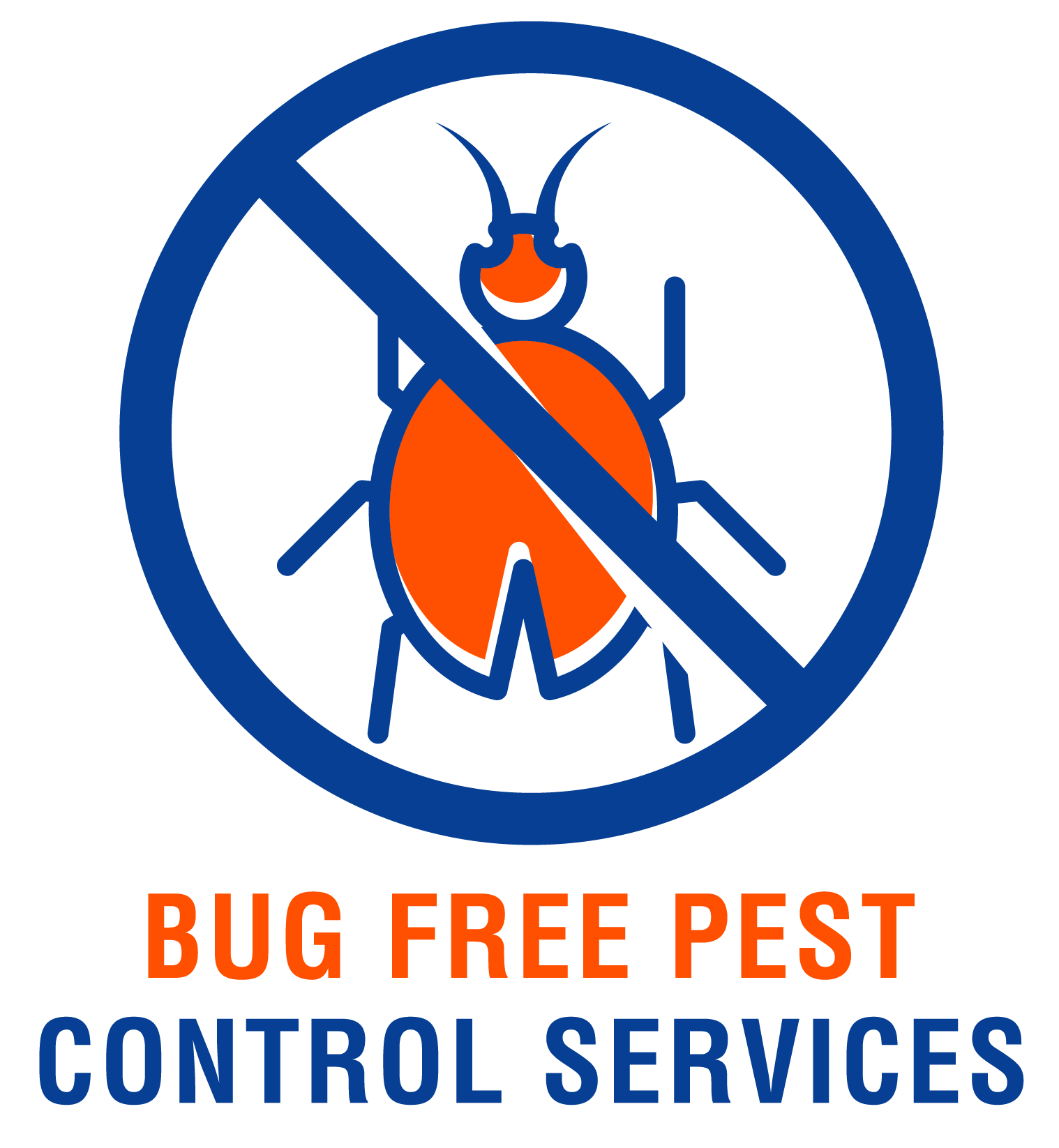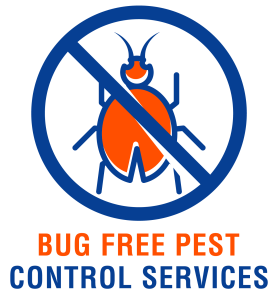Welcome to an article focusing on effective pest control solutions for commercial buildings. Keeping your workspace free from pests is essential for maintaining a healthy and productive environment for your employees and customers. From regular inspections to implementing preventative measures, we will explore various strategies to help you effectively combat pests in your commercial building. Let’s dive in and discover how you can keep unwanted critters at bay and ensure a pest-free workplace.
Have you been struggling with pests in your commercial building?
Dealing with pests in commercial buildings can be a nuisance and a threat to the health and safety of your employees and customers. From rodents to insects, pests can quickly become a major problem if not addressed promptly and effectively. In this article, you will learn about some effective pest control solutions specifically designed for commercial buildings.
Hiring a Professional Pest Control Service
When it comes to dealing with pests in a commercial building, hiring a professional pest control service is often the most effective solution. Pest control professionals have the knowledge, experience, and resources to assess the situation and implement a tailored pest control plan to address the specific needs of your commercial property.
Benefits of Hiring a Professional Pest Control Service
Having a professional pest control service take care of your pest problems comes with several benefits. Not only do they have access to industry-grade products that are more effective than over-the-counter solutions, but they also have the expertise to apply them safely and strategically.
Common Types of Pests Found in Commercial Buildings
Understanding the common types of pests that can infest commercial buildings is the first step in effectively controlling and preventing them. Here are some of the most common pests found in commercial properties:
| Pest Type | Description |
|---|---|
| Rodents | Rats and mice are notorious for causing property damage and spreading diseases. |
| Cockroaches | These insects are not only unsightly but also pose health risks to humans. |
| Ants | Ant infestations can be challenging to control due to their colony structure. |
| Flies | Flies are not only annoying but can also contaminate food and surfaces. |
Identifying Pest Infestations
One of the key aspects of effective pest control is early detection. Regular inspections of your commercial building can help identify pest infestations before they become a major problem. Look out for signs such as droppings, gnaw marks, nests, or sightings of live pests.
Preventing Pest Infestations
Prevention is always better than cure when it comes to pest control. Making your commercial building less attractive to pests can help reduce the risk of infestations. Some preventative measures include keeping food stored in airtight containers, sealing cracks and crevices, and maintaining a clean and clutter-free environment.
Integrated Pest Management (IPM) Approach
Integrated Pest Management (IPM) is a holistic and sustainable approach to pest control that combines multiple strategies to manage pests effectively while minimizing the use of harmful chemicals. This approach focuses on long-term prevention rather than just extermination.
Benefits of Integrated Pest Management
IPM offers several benefits for commercial buildings, including reduced use of pesticides, lower environmental impact, and cost-effectiveness in the long run. By incorporating strategies such as sanitation, exclusion, and monitoring, IPM can help prevent pest infestations without relying solely on chemical treatments.
Components of Integrated Pest Management
-
Inspection: Conduct regular inspections to identify potential pest threats and assess the extent of infestations.
-
Identification: Properly identify the pests present in your commercial building to determine the most appropriate control methods.
-
Prevention: Implement preventive measures to address conducive conditions that attract pests to your property.
Pest Control Strategies for Commercial Buildings
Implementing effective pest control strategies in commercial buildings requires a combination of proactive measures and ongoing monitoring. Here are some key strategies to help you keep pests at bay:
Sanitation
Maintaining a high level of cleanliness in your commercial building is essential for preventing pest infestations. Regularly clean and sanitize common areas, kitchens, restrooms, and other spaces where pests are likely to thrive. Dispose of trash promptly and securely store food and waste.
Exclusion
Sealing entry points and blocking access to pests is an important aspect of pest control in commercial buildings. Inspect the exterior of your property for cracks, gaps, and openings that pests could use to gain entry. Install door sweeps, screens, and weather stripping to prevent pests from infiltrating your building.
Monitoring
Regular monitoring is crucial for detecting pest activity early and assessing the effectiveness of your pest control measures. Keep detailed records of pest sightings, inspections, and treatments to track trends and identify areas that may need additional attention.
Pest Control Products and Treatments for Commercial Buildings
When it comes to pest control in commercial buildings, there are a variety of products and treatments available to address different types of pests and infestations. Understanding the options can help you make informed decisions about the most appropriate solutions for your specific needs.
Insecticides
Insecticides are chemical formulations designed to kill or repel insects such as cockroaches, ants, flies, and other crawling or flying pests. They come in various forms, including sprays, baits, dusts, and foggers. It is essential to use insecticides according to the manufacturer’s instructions and in compliance with local regulations.
Rodenticides
Rodenticides are pesticides specifically formulated to control rodent populations, including rats and mice. These products are available in bait stations, traps, and other forms. Proper placement and handling of rodenticides are critical to minimizing risks to non-target species and ensuring effective rodent control.
Eco-Friendly Pest Control Solutions for Commercial Buildings
For commercial buildings looking to minimize their environmental impact and promote sustainability, eco-friendly pest control solutions offer an alternative to traditional chemical treatments. These green alternatives are designed to manage pest populations while minimizing harm to the environment and non-target species.
Biological Control
Biological control involves the use of natural enemies, such as predators, parasites, and pathogens, to regulate pest populations. Introducing beneficial organisms that prey on or compete with pests can help reduce reliance on chemical pesticides and promote a balanced ecosystem.
Mechanical Control
Mechanical control methods rely on physical barriers, traps, and devices to manage and eliminate pests. Examples include fly traps, rodent traps, ultrasonic repellents, and exclusion devices that prevent pests from accessing sensitive areas of your commercial building.
Plant-Based Repellents
Plant-based repellents use natural ingredients derived from botanical extracts to deter pests from infesting commercial buildings. Essential oils such as peppermint, lavender, and eucalyptus have insecticidal properties that can repel pests without harming humans or the environment.
Maintaining Pest Control in Commercial Buildings
Successful pest control in commercial buildings requires ongoing efforts to prevent infestations and address emerging issues promptly. By following a proactive approach and prioritizing regular maintenance and monitoring, you can effectively keep pests under control and create a safe and healthy environment for your employees and customers.
Establishing a Pest Control Plan
Developing a comprehensive pest control plan for your commercial building is essential for maintaining a pest-free environment. Work with a professional pest control service to create a customized plan that addresses the specific needs and challenges of your property. Regularly review and update your plan to adapt to changing pest pressures and seasonal variations.
Employee Training and Awareness
Educating your employees about pest prevention and control measures is crucial for maintaining a pest-free workplace. Provide training on proper sanitation practices, identifying pest signs, and reporting infestations promptly. Encourage staff to be vigilant and proactive in preventing pest issues before they escalate.
Regular Inspections and Monitoring
Schedule routine inspections of your commercial building to identify potential pest threats and areas of concern. Monitor pest activity, inspecting for signs of infestations, and keeping detailed records of your findings. Use this information to track trends, evaluate the effectiveness of your pest control efforts, and make necessary adjustments.
Conclusion
Effective pest control in commercial buildings requires a multifaceted approach that combines proactive measures, integrated pest management strategies, and ongoing monitoring. By understanding the common types of pests, implementing preventative measures, and working with professional pest control services, you can create a pest-free environment that is safe, healthy, and welcoming for everyone. Remember, prevention is key when it comes to pest control, so stay vigilant, prioritize maintenance, and address pest issues promptly to protect your commercial building from unwanted invaders.


